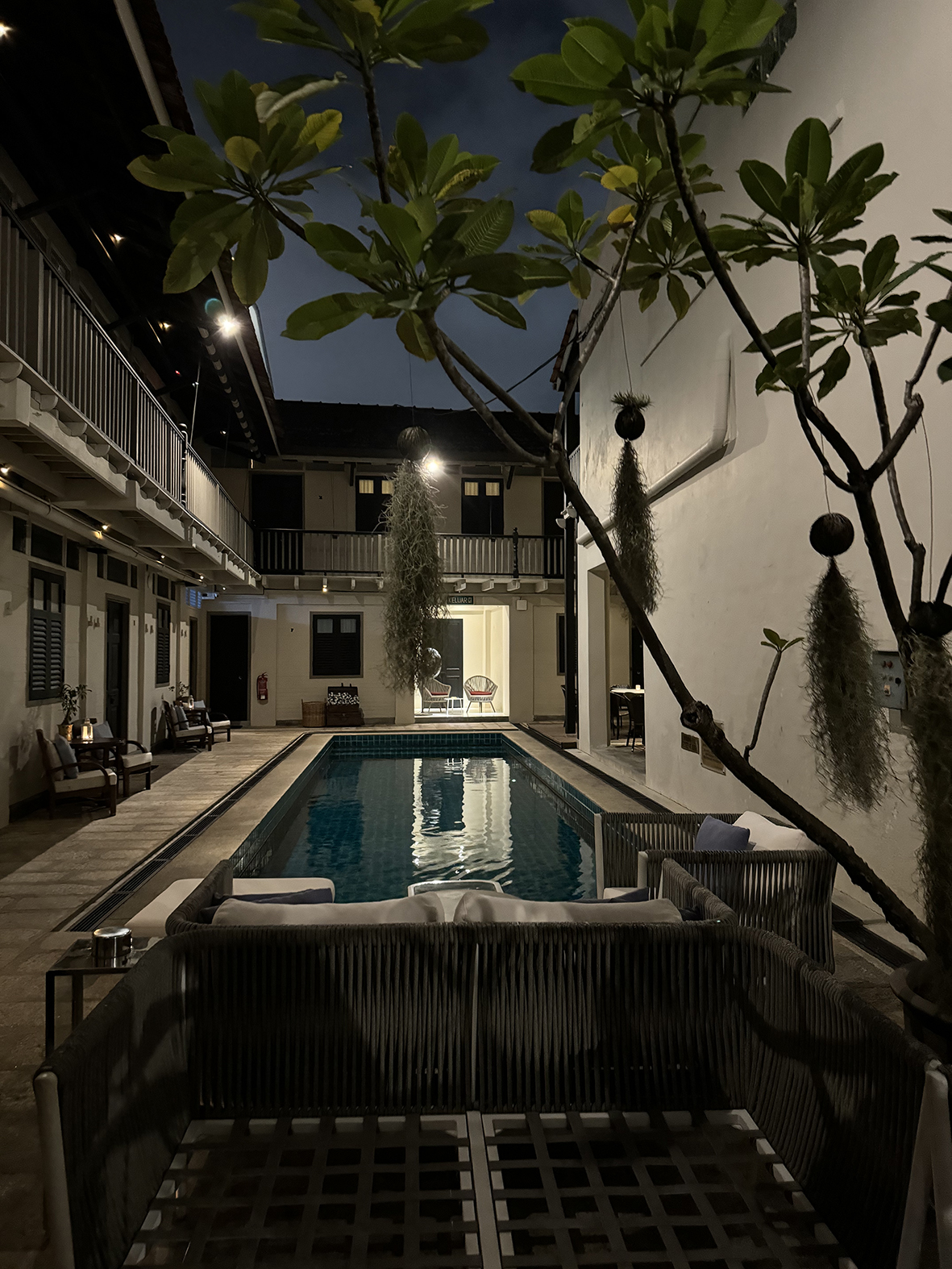A short flight from Hong Kong, George Town, the historic heart of Penang Island, Malaysia, feels like stepping into a living museum. Wandering through the afternoon heat with an umbrella, I took in the vibrant blend of colonial architecture, local influences, and diverse cultures. On the streets, I heard people speaking Hokkien, Cantonese, Malay, and English—or a mix of all—creating an atmosphere that feels alive and ever-changing.
The city’s architecture tells its story—Anglican churches, Chinese temples, colonial mansions, and Peranakan heritage houses, all standing side by side. It’s a perfect mix of old-world charm and modern energy. Beyond the impressive buildings, the place is a sensory delight: the fragrance of sizzling street food, vibrant murals decorating the walls, and the hum of market vendors. While shopping malls have popped up, the real heart of this destination is found in independent shops, quirky concept stores, and age-old street stalls.

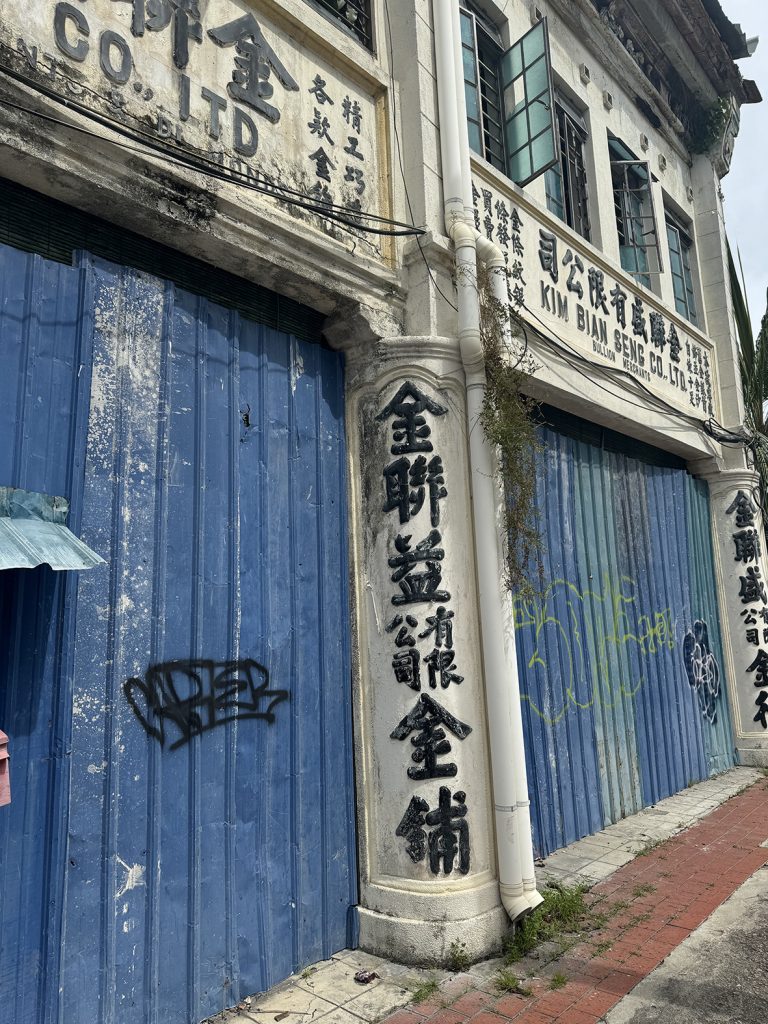
For my stay, I chose Noordin Mews, a boutique hotel on a quiet street, just moments away from the vibrant energy of the town. The tranquil atmosphere, complete with a rectangular pool and poolside restaurant, made it the perfect place to unwind. Breakfast? Whether you’re in the mood for something Asian-style or Western, it’s an absolute treat. Guests can often be found lounging by the pool or working on their laptops while soaking in the serene surroundings. The vintage-inspired architecture reminded me of old Hong Kong—blending nostalgia with familiarity. Oh, and it’s dog-friendly, which is a bonus for fellow pet lovers! It was the perfect home base for exploring George Town’s cultural gems.
When it comes to shopping, you’re spoilt for choice. The range of stores is as diverse as the city itself—whether you’re after artisanal treasures or colonial relics.
Take Pots Kitchenware, for instance. It’s a haven for cooking enthusiasts, stocking everything from porcelain to industrial kitchen tools. I found a beautiful dark green porcelain set that was perfect for an Asian-style dinner—definitely worth the weight for the journey back home.
Then there’s ASA: Artists for Stray Animals on Lebuh Armenian. This unique store combines art, vintage furniture, and international independent magazines, making it a must-visit for anyone with a love for creativity and a socially conscious twist.
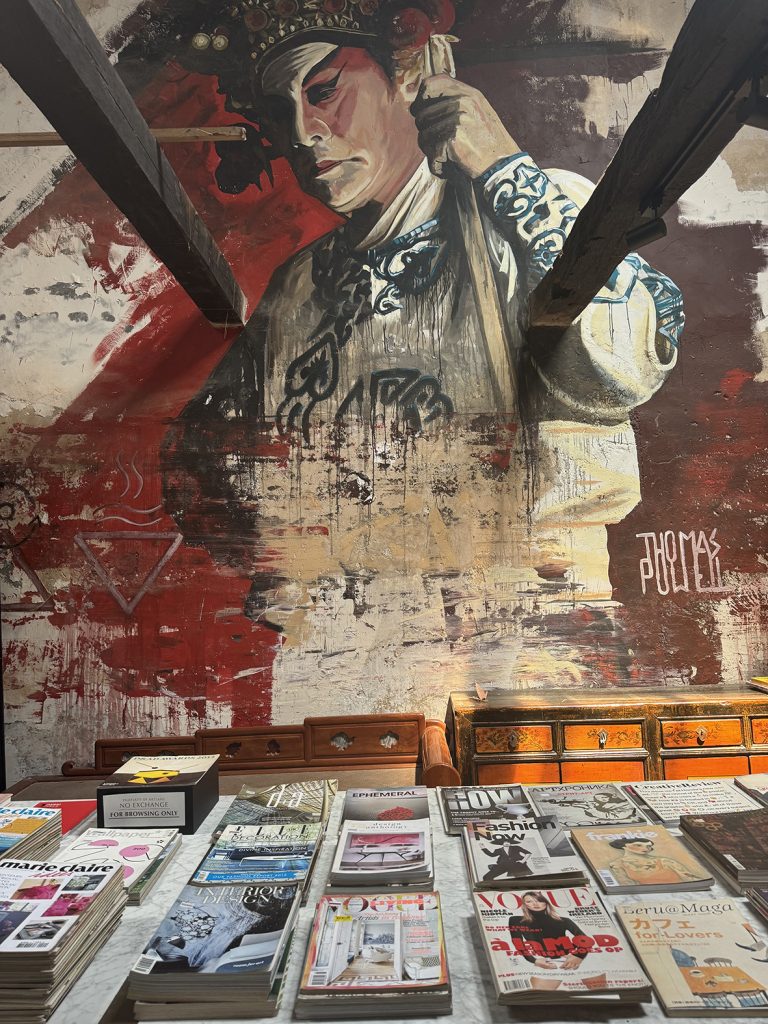

Mano Plus offers minimalism at its best, with locally crafted pieces that blend tradition and modernity. This concept store curates beautifully designed home décor and accessories that respect the past while looking toward the future.
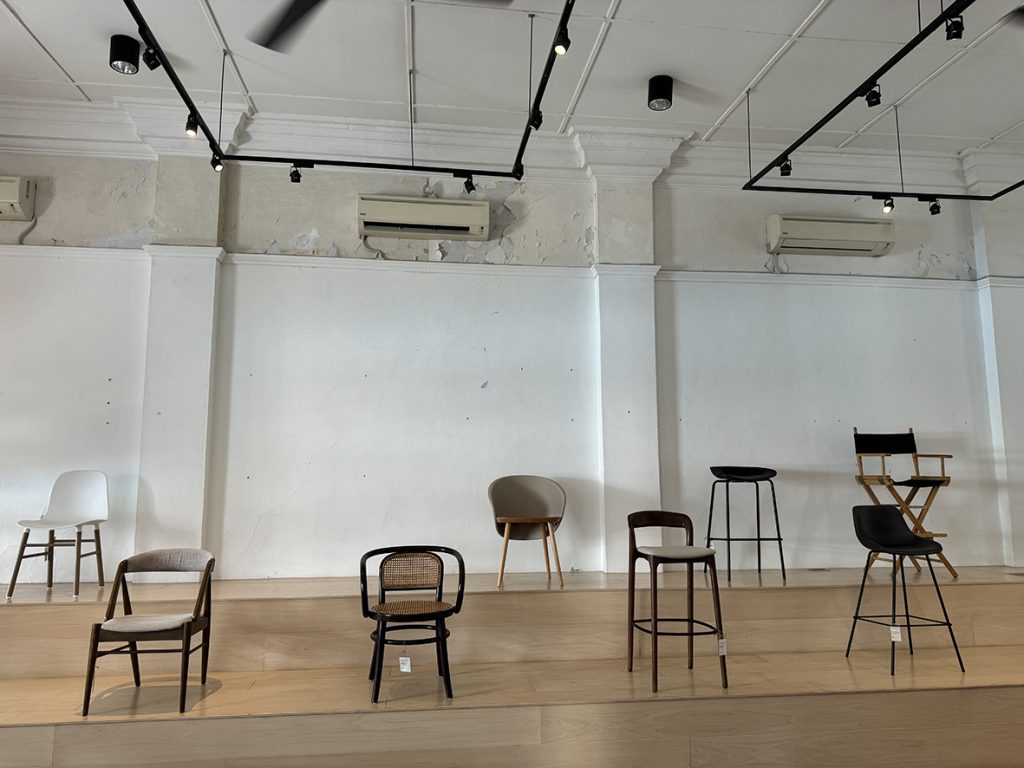
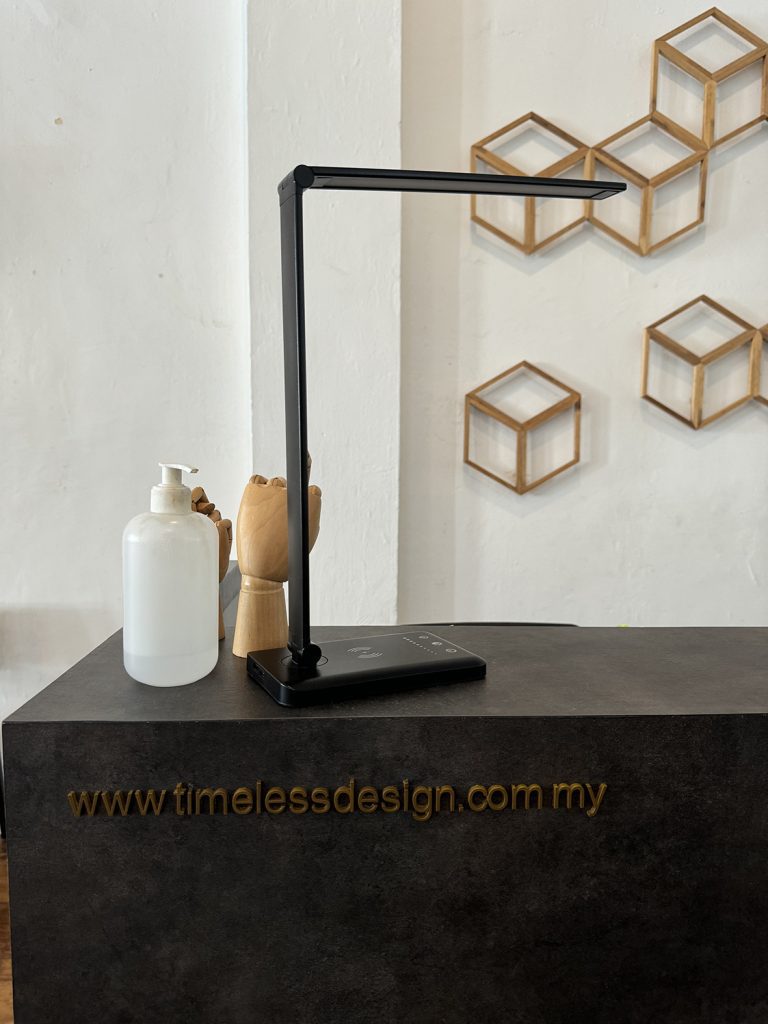
For a more fashion-forward shopping experience, I stumbled upon two stores that really stood out: Warehouse 129 and Sixth Sense. Located just a short walk from each other on Lebuh Pantai, both share that effortlessly minimalist style that’s hard to miss. Alongside their own collections, they also offer carefully curated minimalist European skincare brands. It’s the perfect stop for anyone looking to elevate both their wardrobe and beauty routine.
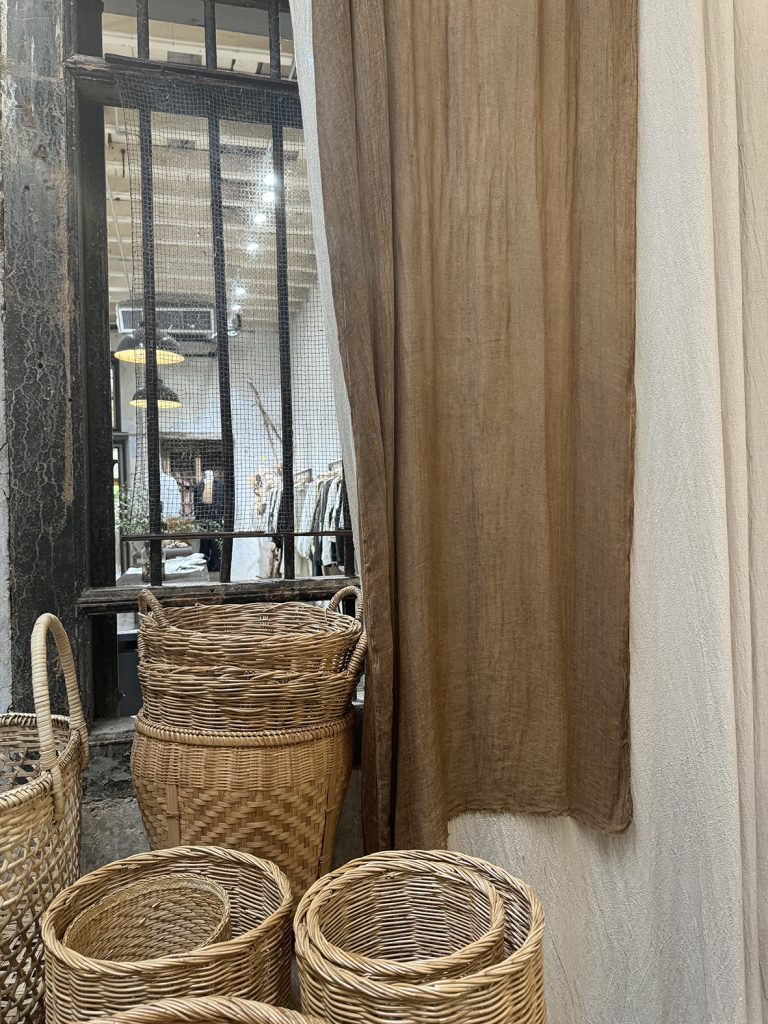
If you’re after a quiet retreat, Jing Si Books & Café offers a peaceful space to unwind. Located in the hustle and bustle of George Town, this café invites visitors to slow down by asking them to remove their shoes upon entry. It’s linked to the Tzu Chi Buddhist foundation and features a selection of books, organic food, and sustainable products. It’s all about mindful living, and a visit here is like stepping into a mini sanctuary for the soul.
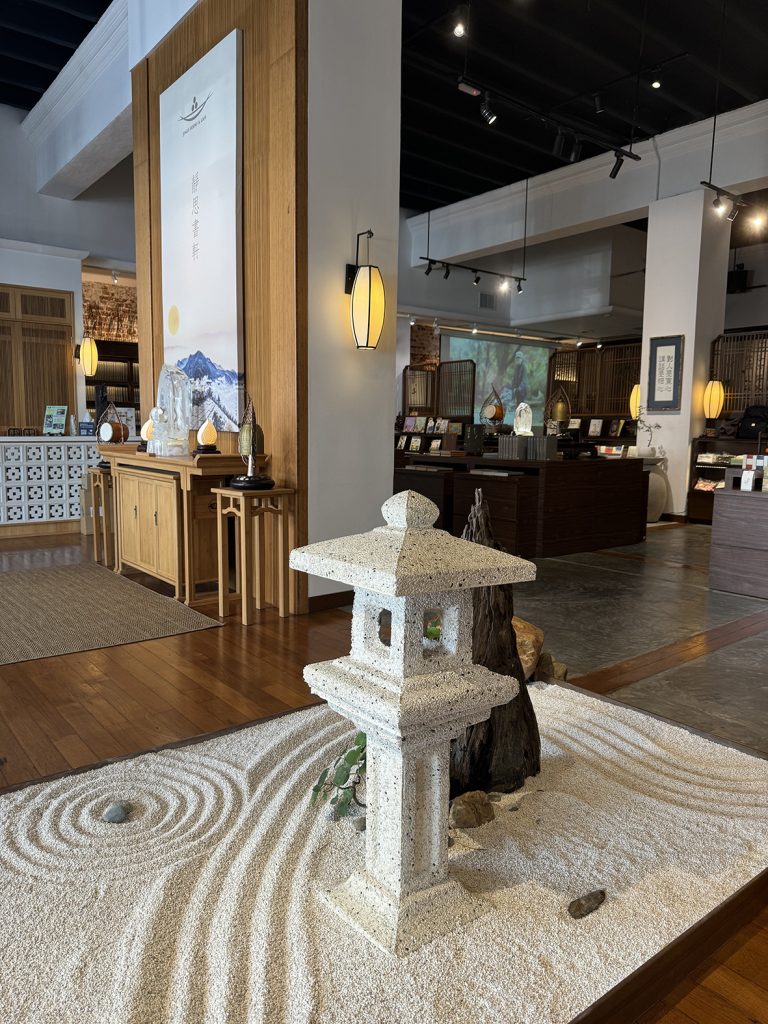
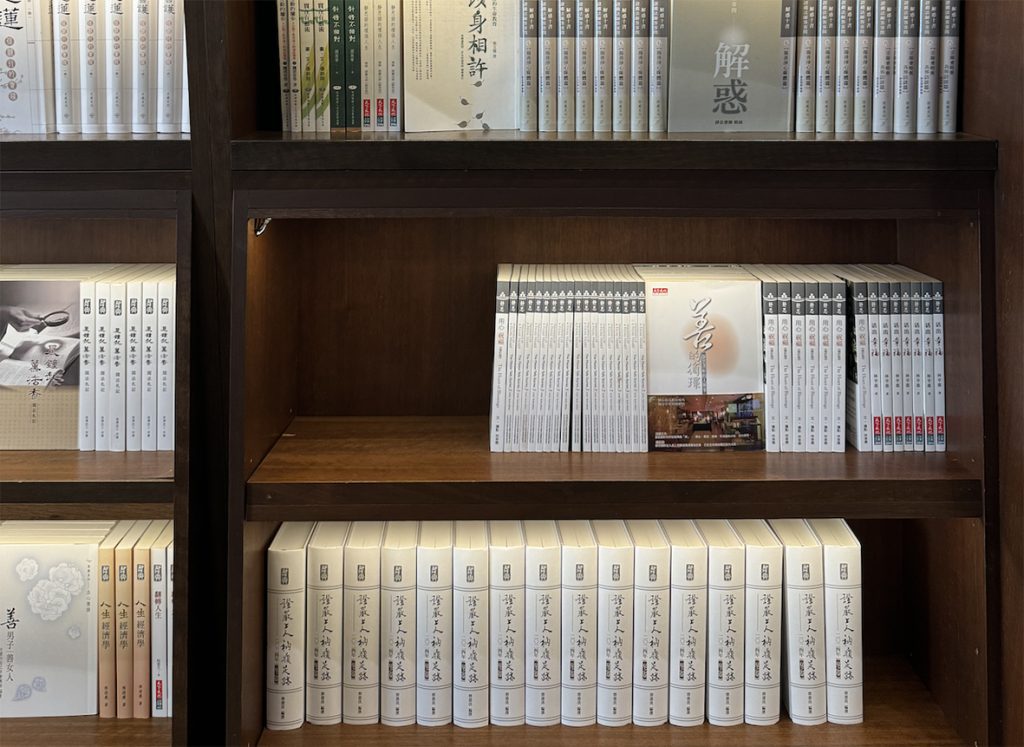
Now, let’s talk food. George Town is a foodie’s paradise. Whether it’s nasi lemak, oyster omelettes, or the famous assam laksa, there’s no shortage of flavours to excite your taste buds. Don’t forget the spiced chai, a warming drink perfect for a late afternoon pick-me-up.
The colonial influences in George Town are still visible in landmarks like Fort Cornwallis, built by the British East India Company in the late 18th century. The Queen Victoria Memorial Clock Tower is another striking reminder of the city’s colonial past, a testament to British influence.
A cornerstone of George Town’s cultural heritage is the Peranakan community—also known as Baba-Nyonya. This fusion of Chinese immigrants and local Malays has left a deep mark on the city’s language, architecture and, of course, its food. The Peranakan homes, with their colourful tiles and intricate woodwork, tell the story of a time when the community lived in opulence. And though the Peranakan dialect is fading, the influence is still there.
The true legacy of the Peranakan community, though, is in the food. Nyonya cuisine, a beautiful blend of Chinese and Malay cooking, is full of bold flavours and complex preparation methods. Try Asam Laksa, a tangy noodle soup with tamarind and mackerel; Nyonya Kuih, colourful bite-sized snacks made with rice flour and coconut milk; and Ayam Pongteh, a hearty chicken and potato stew. These dishes are not just meals—they tell the story of a culture that melded two culinary traditions into something special.
George Town left a lasting impression on me. It’s a place where the past and present coexist harmoniously—where colonial architecture meets contemporary art galleries, where street food becomes an art form, and where the energy of the city is both exhilarating and comforting. Next time, I plan to dive deeper into the Nonya heritage and discover more of the city’s hidden culinary gems.
Website: Noordin Mews
All pictures are taken by the author.
